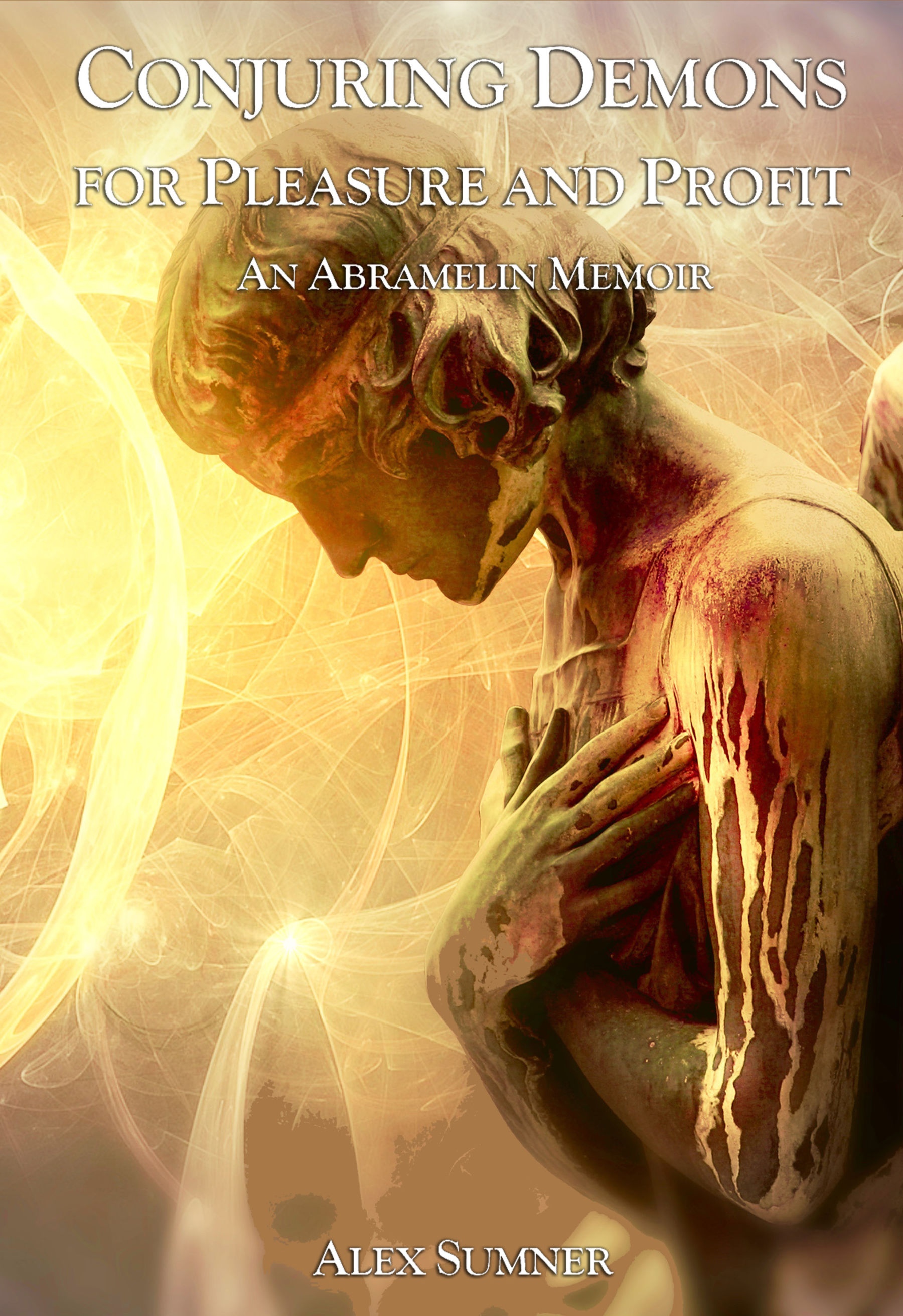Starting today I present a short series of blogs on the esoteric use of music in the Western Mystery Tradition.
As I understand it, there are four main methods of incorporating Music into the esoteric practices of the West. These are:
- The Chromatic scale method;
- The Harmonic method;
- The Modal method; and
- The Intuitive method.
Each of these embraces dogmatism and pragmatism to differing degrees. The Intuitive Method is the least dogmatic / most pragmatic, and typifies the approach of mainstream composers creating works for the general public, but is not necessarily best suited for a ritual unless it were specifically composed for such. On the other hand, the chromatic method is probably the most dogmatic and arbitrary – but, once learnt, it can be deployed the most quickly to create Qablalistically-correct ritual chants. However a chant thus created would sacrifice aesthetic charm for intellectual rigour, which is a polite way of saying Geekishness.
I intend to review each of the four methods: the Chromatic Method today, and the other three in blog posts in the days to come.
The Chromatic Scale Method
This method has been advocated by Paul Foster Case and Allan Bennett. The basic principle may be expressed thus:
There are 12 notes in the Chromatic Scale; they have a one-for-one correlation to the 12 colours of the Artist’s colour wheel.
As those who follow the GD teachings know, the letters of the Hebrew alphabet can all be related to the colour wheel, hence on this basis when can then relate them to the chromatic scale as well. This is done by arbitrariliy saying C = Red, C# = Red-orange, D = Orange, etc. A full list would be as follows:
| Hebrew Letter | Colour | Note | ||
|---|---|---|---|---|
| Heh | Pe | Shin | Red | C |
| Vau | Red-Orange | C # | ||
| Zayin | Resh | Orange | D | |
| Cheth | Amber | D # | ||
| Teth | Beth | Aleph | Yellow | E |
| Yod | Yellow-Green | F | ||
| Lamed | Daleth | Green | F # | |
| Nun | Green-Blue | G | ||
| Samekh | Gimel | Mem | Blue | G # |
| Aayin | Tau | Indigo | A | |
| Tzaddi | Kaph | Violet | A # | |
| Qoph | Vermilion | B | ||
Armed with this knowledge you can now grab any music instrument you have to hand, such as a guitar, recorder or a keyboard (if convenient), and start working out how Hebrew divine names would sound if sung to the notes proposed in the table above. Here are some I prepared earlier:
The Qabalistic Cross
Lesser Banishing Ritual of the Pentagram
Conclusion
If you are a musician and have stayed with this so far, you will probably have noticed that the use of this Chromatic method does not a pleasing melody make! More interesting, though is the fact the interval between one note and the note represented by its opposite on the colour-wheel is the infamous tri-tone, which historically is known as the Diabolus In Musica of “Devil’s Interval” (the fact that the melody of “Black Sabbath” by the group of the same name is based on the tritone is not a coincidence!).
Finally I would just like to leave you with this video, in which a group of musicians have set the Lesser Banishing Ritual of the Hexagram to music using just this method. Although it’s called “Rites of Luna,” from what I can make out in the excerpt shown the lady is just doing the regular Hexagram ritual.










Pingback: Music In Theory and Practice – Part 2 | Sol Ascendans – The Website of Alex Sumner
Pingback: Wednesday Webshares: Music, Monks, Mayans, and More « Blue Flame Magick